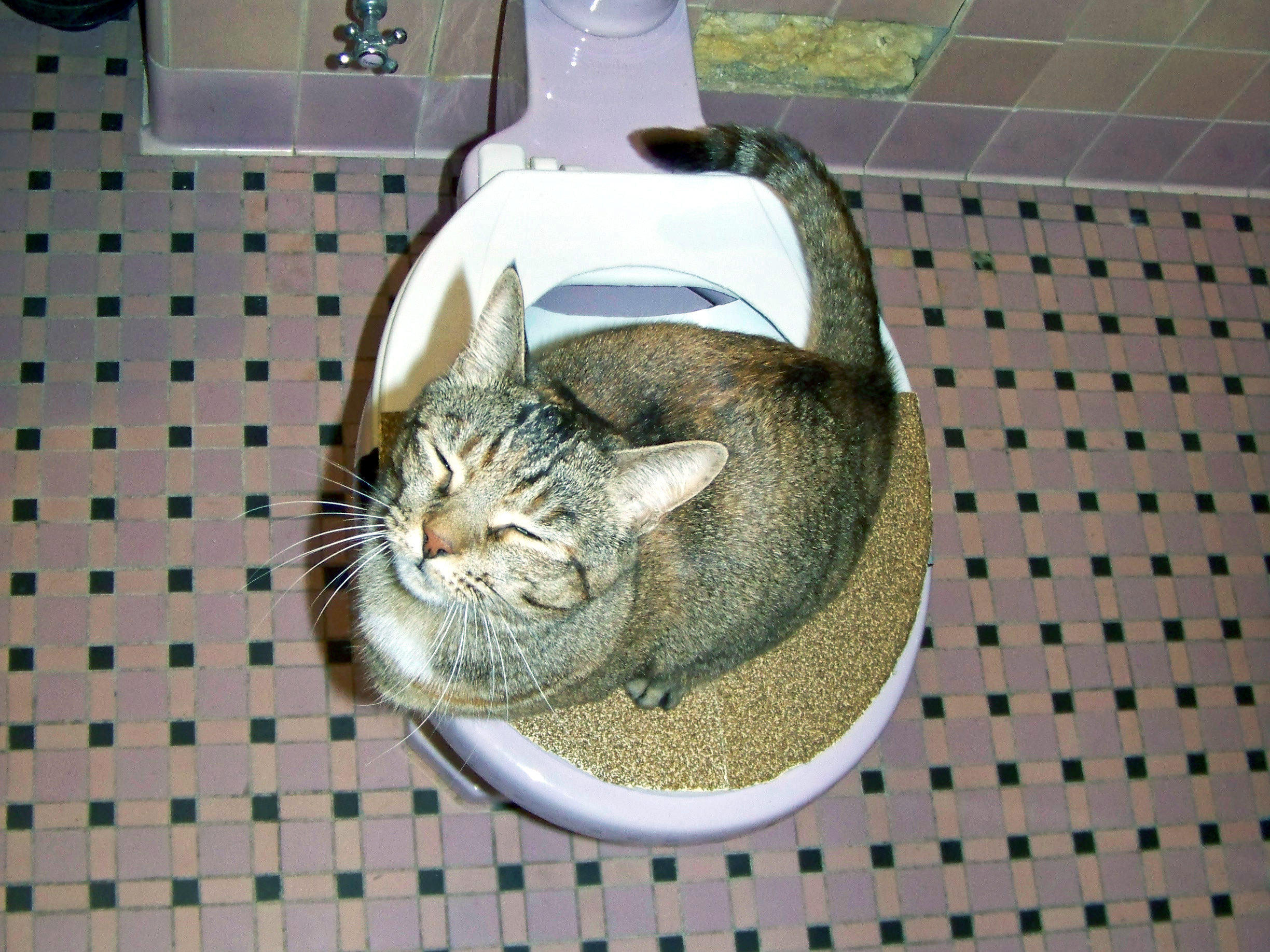Why You Should Avoid Flush Cat Poop Down Your Toilet - Important Information
Why You Should Avoid Flush Cat Poop Down Your Toilet - Important Information
Blog Article
What are your thoughts on Can You Flush Cat Poo or Litter Down the Toilet??

Intro
As feline proprietors, it's necessary to bear in mind just how we get rid of our feline pals' waste. While it may appear practical to flush pet cat poop down the commode, this method can have destructive effects for both the environment and human wellness.
Alternatives to Flushing
Thankfully, there are safer and much more responsible means to deal with feline poop. Consider the complying with options:
1. Scoop and Dispose in Trash
The most typical technique of taking care of pet cat poop is to scoop it right into an eco-friendly bag and toss it in the garbage. Make sure to use a dedicated trash scoop and get rid of the waste promptly.
2. Usage Biodegradable Litter
Choose eco-friendly cat clutter made from materials such as corn or wheat. These clutters are environmentally friendly and can be securely taken care of in the trash.
3. Hide in the Yard
If you have a lawn, take into consideration burying feline waste in a designated area far from veggie gardens and water sources. Make sure to dig deep enough to stop contamination of groundwater.
4. Install a Pet Waste Disposal System
Invest in an animal garbage disposal system particularly created for pet cat waste. These systems make use of enzymes to break down the waste, minimizing smell and environmental impact.
Health Risks
In addition to environmental problems, purging pet cat waste can likewise position health threats to people. Cat feces might consist of Toxoplasma gondii, a bloodsucker that can cause toxoplasmosis-- a possibly severe illness, especially for pregnant ladies and people with weakened body immune systems.
Environmental Impact
Purging feline poop presents unsafe virus and bloodsuckers right into the water system, posturing a substantial threat to marine environments. These contaminants can negatively affect aquatic life and compromise water high quality.
Conclusion
Accountable pet ownership expands beyond supplying food and shelter-- it also entails appropriate waste administration. By avoiding flushing feline poop down the bathroom and going with alternate disposal techniques, we can reduce our ecological footprint and safeguard human health and wellness.
Why Can’t I Flush Cat Poop?
It Spreads a Parasite
Cats are frequently infected with a parasite called toxoplasma gondii. The parasite causes an infection called toxoplasmosis. It is usually harmless to cats. The parasite only uses cat poop as a host for its eggs. Otherwise, the cat’s immune system usually keeps the infection at low enough levels to maintain its own health. But it does not stop the develop of eggs. These eggs are tiny and surprisingly tough. They may survive for a year before they begin to grow. But that’s the problem.
Our wastewater system is not designed to deal with toxoplasmosis eggs. Instead, most eggs will flush from your toilet into sewers and wastewater management plants. After the sewage is treated for many other harmful things in it, it is typically released into local rivers, lakes, or oceans. Here, the toxoplasmosis eggs can find new hosts, including starfish, crabs, otters, and many other wildlife. For many, this is a significant risk to their health. Toxoplasmosis can also end up infecting water sources that are important for agriculture, which means our deer, pigs, and sheep can get infected too.
Is There Risk to Humans?
There can be a risk to human life from flushing cat poop down the toilet. If you do so, the parasites from your cat’s poop can end up in shellfish, game animals, or livestock. If this meat is then served raw or undercooked, the people who eat it can get sick.
In fact, according to the CDC, 40 million people in the United States are infected with toxoplasma gondii. They get it from exposure to infected seafood, or from some kind of cat poop contamination, like drinking from a stream that is contaminated or touching anything that has come into contact with cat poop. That includes just cleaning a cat litter box.
Most people who get infected with these parasites will not develop any symptoms. However, for pregnant women or for those with compromised immune systems, the parasite can cause severe health problems.
How to Handle Cat Poop
The best way to handle cat poop is actually to clean the box more often. The eggs that the parasite sheds will not become active until one to five days after the cat poops. That means that if you clean daily, you’re much less likely to come into direct contact with infectious eggs.
That said, always dispose of cat poop in the garbage and not down the toilet. Wash your hands before and after you clean the litter box, and bring the bag of poop right outside to your garbage bins.
https://trenchlesssolutionsusa.com/why-cant-i-flush-cat-poop/

Do you really like reading about Don’t flush cat feces down the toilet? Give feedback down below. We'd be glad to find out your responses about this post. Hoping that you come back again later on. I beg you take the opportunity to distribute this page if you appreciated it. Thanks so much for going through it.
Book Services Report this page